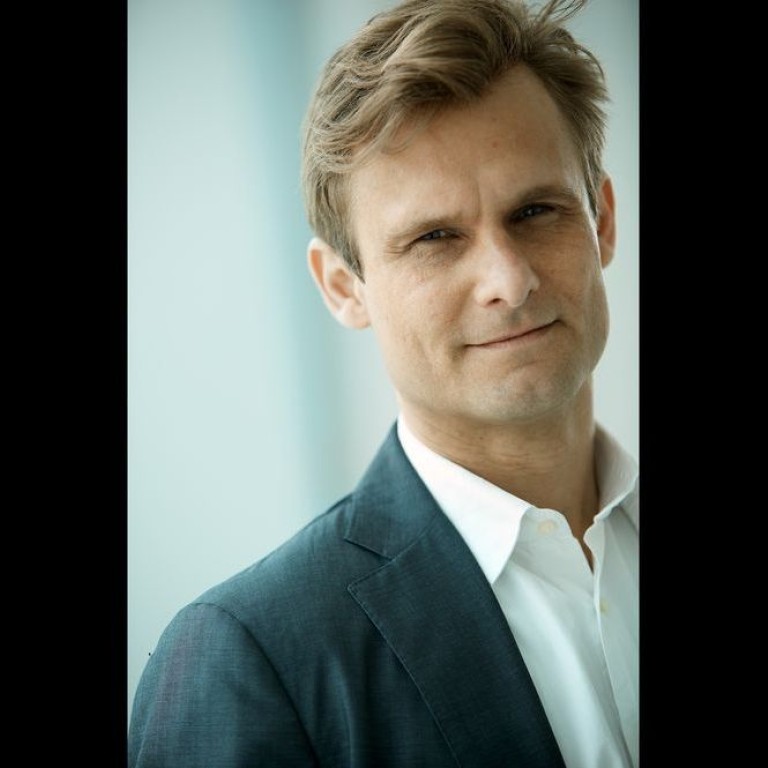
Aquaporin's breakthrough technology enables cost-effective wastewater treatment
After years of collaborative research, Danish industrial biotechnology company Aquaporin has discovered a highly efficient wastewater treatment method. The technique mimics how plants pull out water from the soil using tiny channels called aquaporins in a process known as forward osmosis, a method that does not require energy.
With industrial research partners and Singapore's Nanyang Technological University, Aquaporin has developed a protein membrane that does the same thing. Featuring water channels only a few nanometres wide, the membrane allows only water molecules to pass through in a single file at about a billion molecules per second. The breakthrough extracts ultrapure water from saltwater or wastewater at only a third of the cost and a tenth of the energy required by the conventional reverse-osmosis system.
"We're offering something that other companies or technologies cannot do," says Peter Holme Jensen, CEO of Aquaporin. "Because we extract the water instead of treating the waste materials, our technology is able to deliver high purity levels even with heavily polluted water. We're offering an industrial wastewater treatment never imagined possible before."
As Aquaporin begins to commercialise its technology this year, it plans to partner with companies that offer systems wherein its distinct membrane formulation can be integrated.
While the protein membranes will be manufactured exclusively in Denmark and Singapore through subsidiary Aquaporin Asia, the company is negotiating joint ventures with two Chinese companies for possible applications of its technology. Aquaporin is also eyeing similar partnerships with local companies in India and Japan to satisfy the huge demand from Asia. To support its global expansion, the company plans an initial public offering in 2016.
"We're focusing on finding our niche market where we'll have the biggest technological advantage, and then grow the company and the technology from there," Jensen says.
"We'll create entities that produce systems around this technology."
http://www.aquaporin.dk
